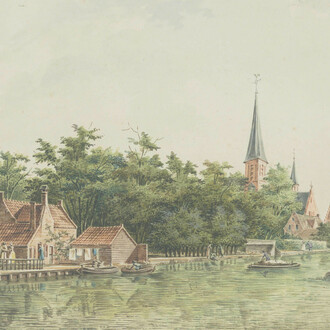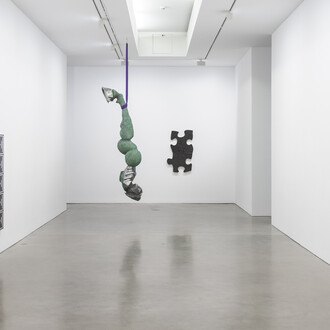Architecture ranks among Yemen’s greatest cultural achievements. Long before the time of the Queen of Sheba, a staggering array of traditional building styles had already evolved in harmony with southern Arabia’s diverse topographies and its challenging climatic conditions. Yemen’s built environment is characterised by sturdy forts and fortifications, towering houses and strategically-perched mountaintop villages, connected by vast networks of stone-paved pathways. Their steeply-terraced fields are watered by impressive irrigation networks. Generations of highly skilled craftspeople have used indigenous technologies and the materials-to-hand to create splendid architectural assemblages – in the words of a master mason, ‘Buildings that fill my eye’. Their scale and balanced proportions continue to arouse the aesthetic sensibilities of visitors.
The aims of this exhibition are to share the splendours of Yemen’s architectural heritage and to raise awareness of its cultural and historical importance. It also reveals that this heritage is threatened by a civil war that has raged since 2015. In addition to the humanitarian crisis and loss of life, key archaeological sites, museums and historic buildings have been damaged or obliterated. All three of Yemen’s ancient cities on the UNESCO World Heritage list – Shibam, Sana’a and Zabid – are now endangered and numerous other monuments have been battered by the conflict. Tragically, prospects for peace appear to be a long way off. The exhibition draws attention to the pressing need for international collaboration to protect this precious heritage. If forgotten, it has no future.
The majority of photographs were taken by Trevor Marchand, architect and social anthropologist, between 1990 and 1998 and during his 13-month apprenticeship with master minaret builders in Yemen. They capture the country’s architectural diversity and its relation to the natural setting, from the Red Sea to the highlands, across the desert to the Wadi Hadhramaut and Indian Ocean. These images are supplemented by historic photographs, most of which were taken around 1900 by explorer Hermann Burchardt (loans of the Ethnologisches Museum) and by two early views of Sanaa dating to 1872 and c. 1900 (private collection, Berlin).
A book accompanying the exhibition presents in 21 contributions of different specialists insights into various aspects of this cultural heritage. A part of the price is donated to UNHR Yemen.
The exhibition is supported by Stiftung – Gingko Library, SOAS-University of London, London Middle East Institute, MBI Al-Jaber Foundation and „Freunde des Museums für Islamische Kunst“.
















